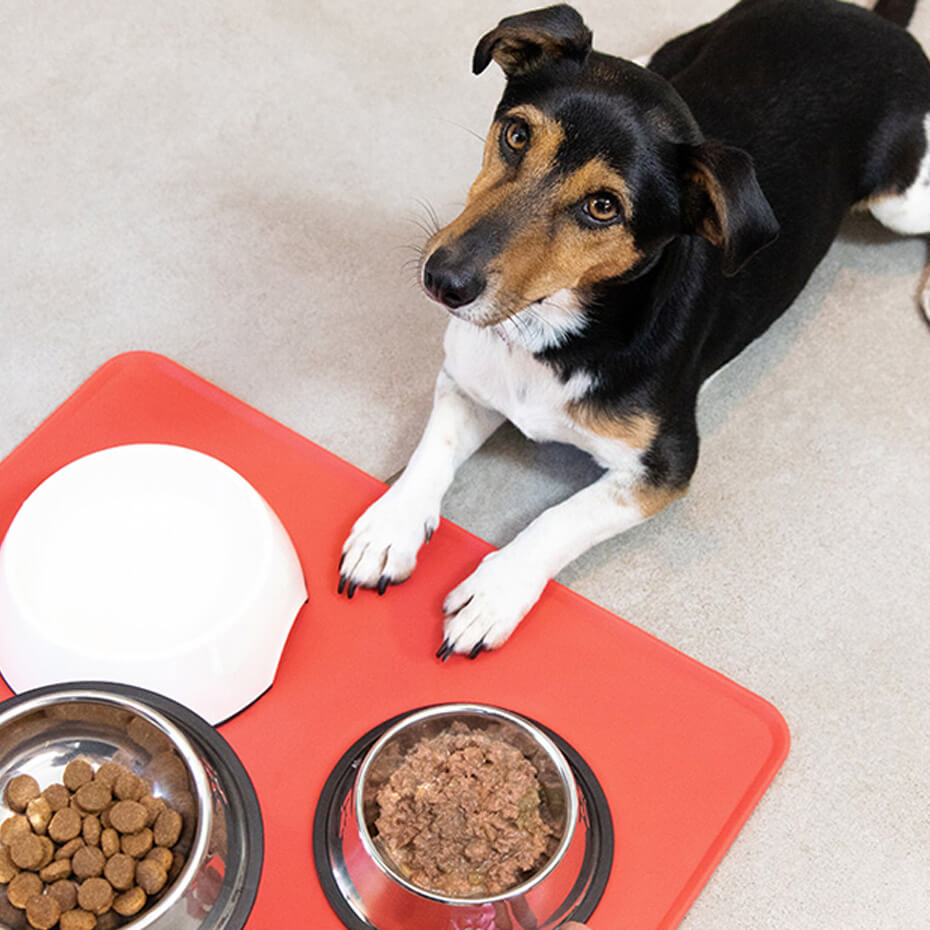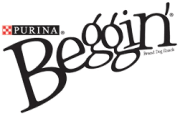
Training to Find Your Dog's True Potential
At Purina, we believe that dogs are capable of a lot more than one might think. That’s why we’re always looking for new ways to train pets to unlock their true potential. Whether it’s training in athleticism, problem solving or even being a helpful companion for people in need, we see dogs doing new things every day.
The Power of Positive Reinforcement
The behaviourists at Purina believe positive reinforcement is not only the best technique for establishing a good relationship with your dog while training, but that it’s also the most effective. Positive reinforcement consists of associating a reward with a desired behaviour. If you use positive reinforcement during training, your dog will learn to associate training time and behaving well with praise, affection or treats. Some forms of punishment training may lead to stress and anxiety for dogs and may weaken the relationship you have with your dog.
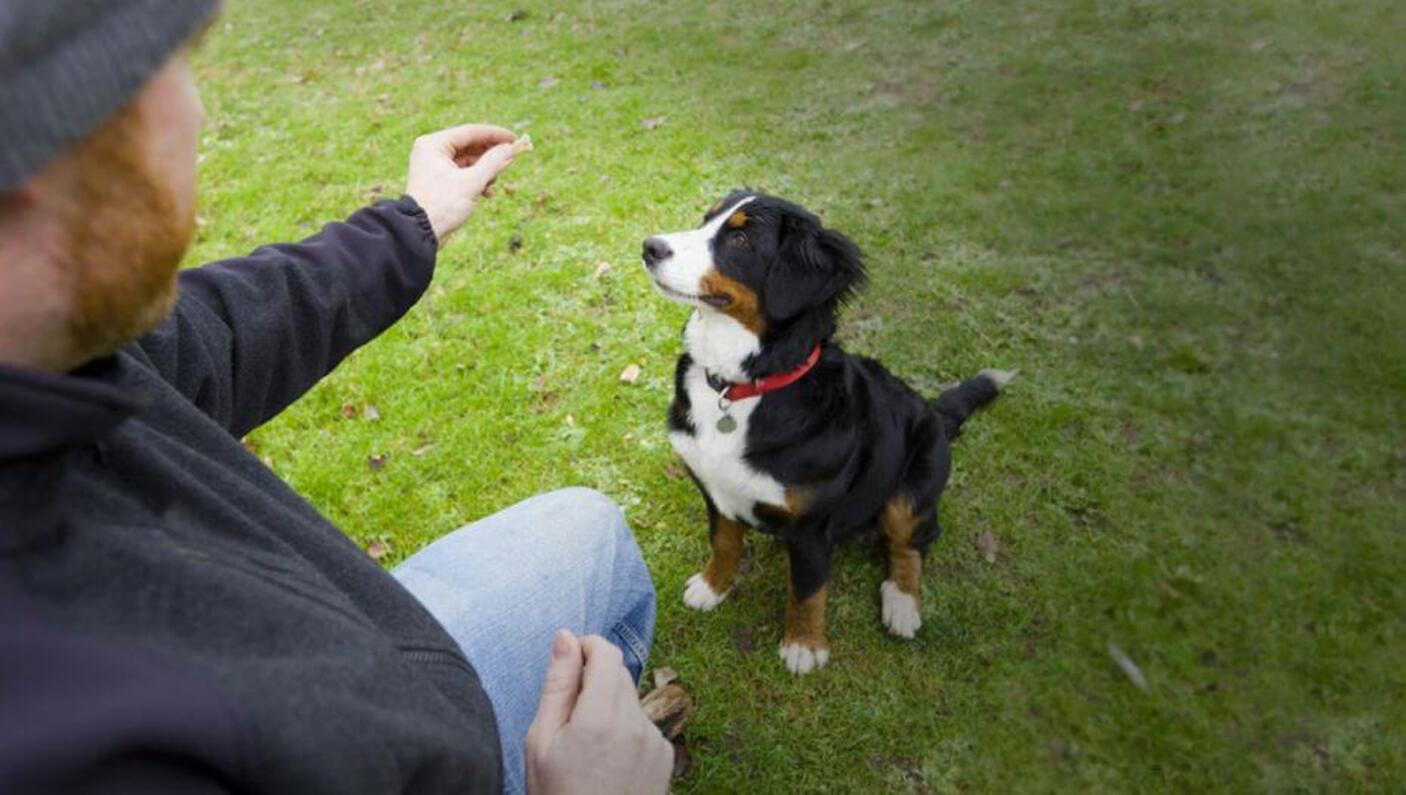
Basic Training for Your Dog
When to start training
Young puppies make eager pupils, so as soon as your new arrival comes home, it’s time to start training. It’s a myth that puppies must be six months or older before they can be properly trained, because the younger they are, the easier it is to teach them and the faster they learn! Puppies are like sponges, waiting to soak up all the learning you can throw at them.
Remember, your dog can pick up bad habits if allowed to get away with certain behaviours when settling in. For example, you allow your puppy to sleep in your room for the first few nights because he is crying, but a few months down the line you cannot shut your dog in the kitchen at night because he barks the house down! So you should decide on the ground rules before your dog arrives and stick to them.
Here you’ll find some advice on the basics, for more detailed or advanced training advice, try contacting a professional trainer, invest in a training DVD or read one of the many good books available on the subject.
Training Tips
Mostly, you will need a bit of patience and a willing pet. You will also need a small, tasty treat to reward your dog and a quiet room with no distractions to enable you and your dog to concentrate.
It can be very helpful to join a training class for guidance, support and socialisation or work from a reputable dog-training book that uses a positive reinforcement method.
Ensure you have suitable training aids or equipment to hand, such as clicker, harness, lead and so on. Once your dog is performing a certain task reliably, you can start to ask him to do this in a ‘real’ situation. You can train a dog to perform almost any task with clear, concise commands and a suitable reward.
Tasks that provide your dog with the behaviour necessary for him to fit into society and keep him safe, such as:
- Housetraining
- Socialisation with other dogs and people
- Come/recall command
- Site, stay, down
- Walking to heel
- Retrieving objects
Tasks that are just good fun, including:
- Giving paw
- Begging
- Shutting the door
- Catching a ball/treat
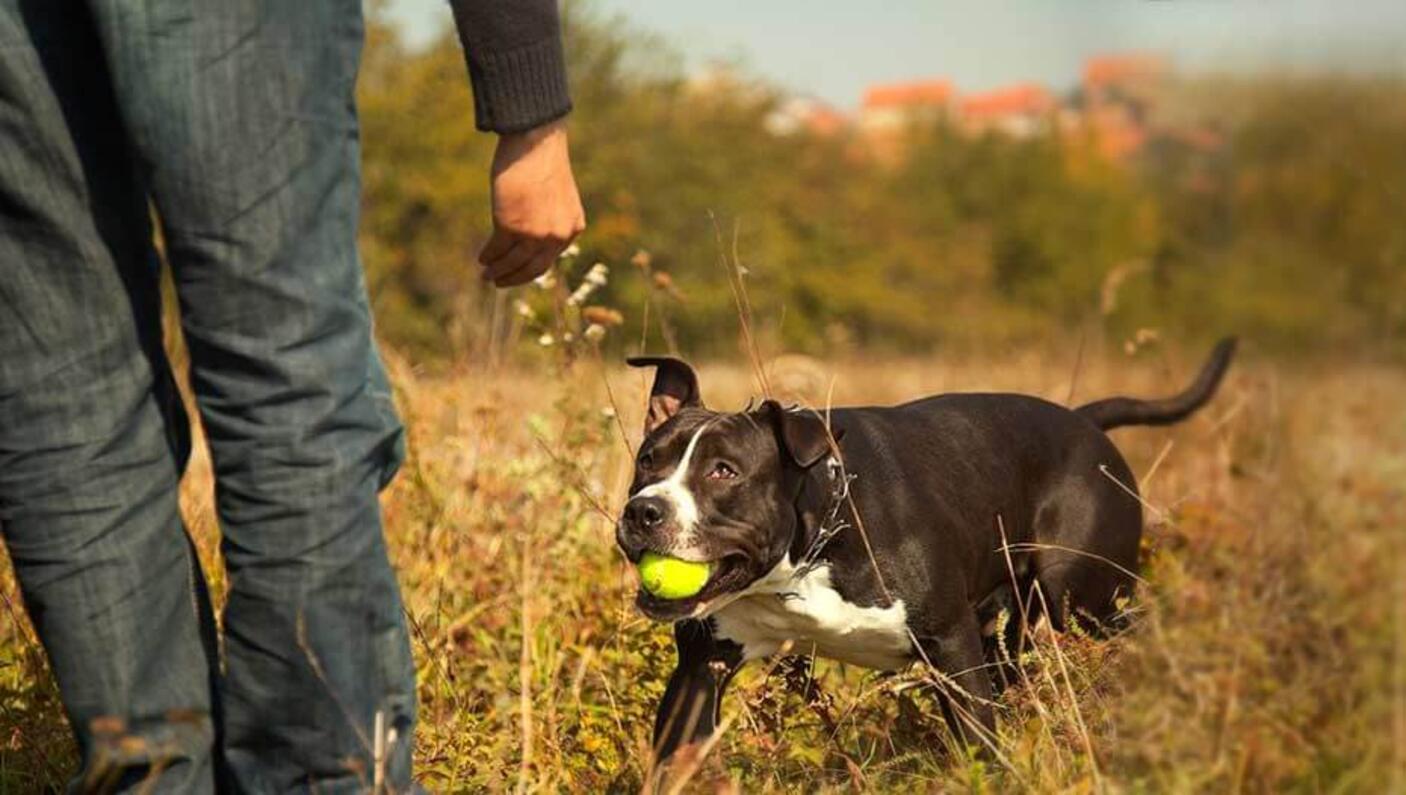
TRAINING RULES
• Keep training sessions short and sweet. It’s better to do six five-minute sessions than one half-hour stint each day – young puppies often lose concentration easily.
• Only train when you are in a good mood, or you may take your stress out on your pet.
• Always end training sessions on a positive note with an exercise you know your dog can do easily, so you finish with the taste of success.
• At first, train with no distractions. Establish what you are trying to teach in a quiet environment and only add distractions later, so that your dog learns to respond in a range of environments.
• Training must always be reward-based – treats, toys, games and cuddles. Negative, compulsive, punishing techniques are cruel and don’t work. Never use a choke or check chain as you can injure your dog’s neck very easily. If you need more physical control, fit a head collar.
Training your dog is an excellent way for you to bond with him and ensure a strong and healthy relationship.
Basic Commands
Come and Heel
“COME”
Always encourage your puppy to “come” by first saying his name and using enthusiastic praise and lots of encouragement. Try to avoid calling him in a threatening tone, as he may associate this with being scolded.
If he begins to ignore you and act as if he does not hear you, attach a long leash to his collar so that you can pull him toward you after you give him one command to “come.” This way you are not repeating the command and your dog will learn to come when he is called.
“HEEL”
Begin your walk by telling your dog to “heel”; use his name first to get his attention and be very enthusiastic as you give the command. Do not forget to talk to him so that he pays attention to you and praise him when he is in the correct heel position. (Correct heel position: the dog should be on your left, and his right shoulder should be in line with your left hip.)
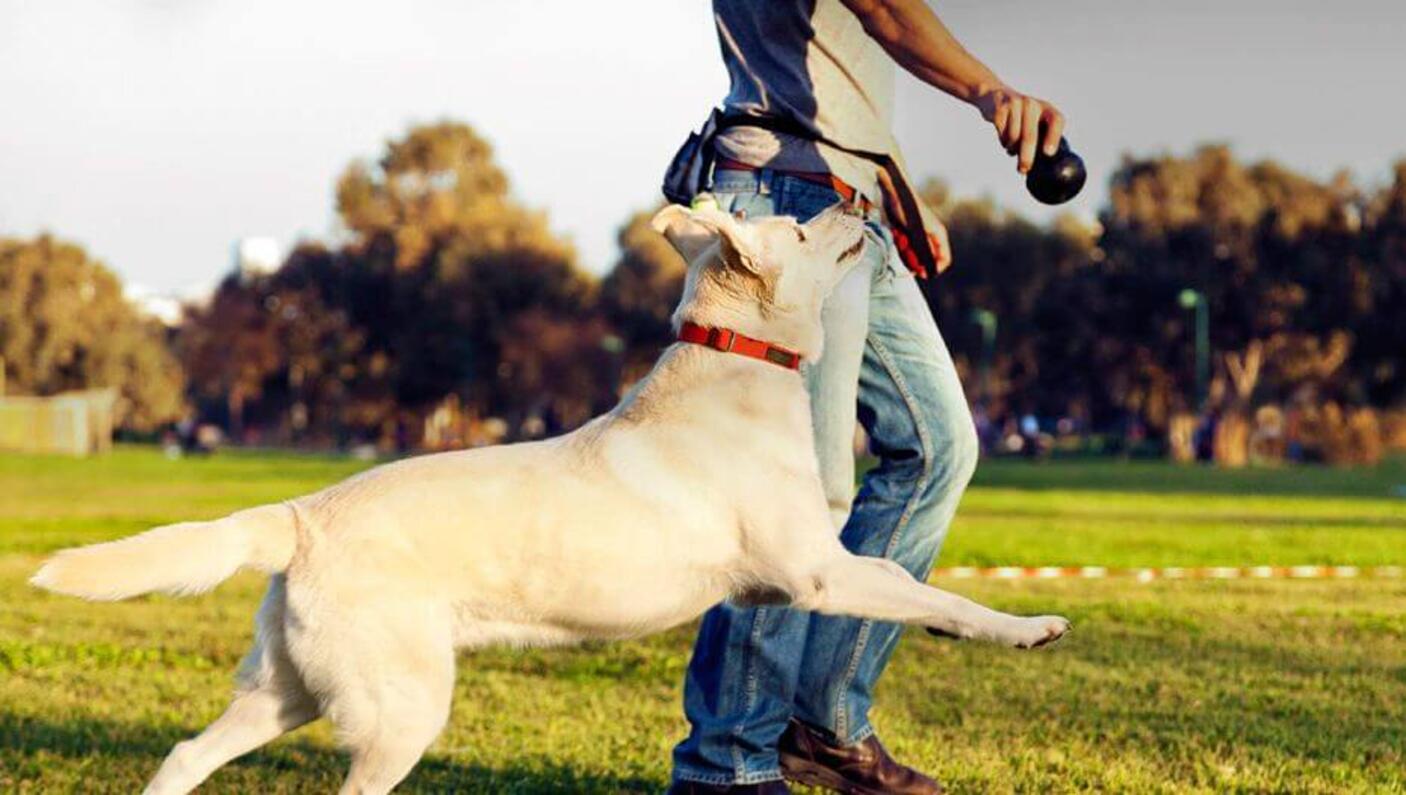
“OFF” AND “SIT”
Dogs jump up on people for one reason: to get attention. Teach your puppy or dog to “sit” for attention or praise of any kind. When he jumps on you, use a lowered tone of voice and lean towards the dog, saying “off.” He will have no choice but to back away from you. When he does, tell him to “sit” so that he firmly plants his bottom on the ground. Offer him calm praise for obeying you. Soon all you will have to say to your dog is “sit,” and he will comply readily because he knows he will be rewarded.
TREATS
Treats can help you use positive reinforcement to train your dog. Just make sure treats never comprise more than 10% of your dog’s daily caloric intake. Learn more about treats and nutrition.
Training Dogs to Respond to “No”
Your dog has to learn how to know he is doing the wrong thing. Training a dog to respond to “no” teaches precisely that.
How to teach “No”
Most training succeeds by rewarding good behaviour and ignoring unwanted responses. Essentially, your dog wants your approval. However, sometimes it’s necessary to tell your dog that his behaviour is not on.
But rather then yelling or constantly saying “No”, fast progress can also be made through first teaching your dog a ‘no’ signal – one that tells him to stop whatever he is doing whenever he hears it.
Ideally, unless your dog has a nervous disposition and is easily frightened by sudden noises, you need some dog-training discs. These are five metal discs rather like mini-cymbals that are joined together on a key fob. They can be held silently, and, at the precise moment that you need to indicate “No!”, they can be dropped, to make a unique sound that is unlike any other the dog is likely to encounter.
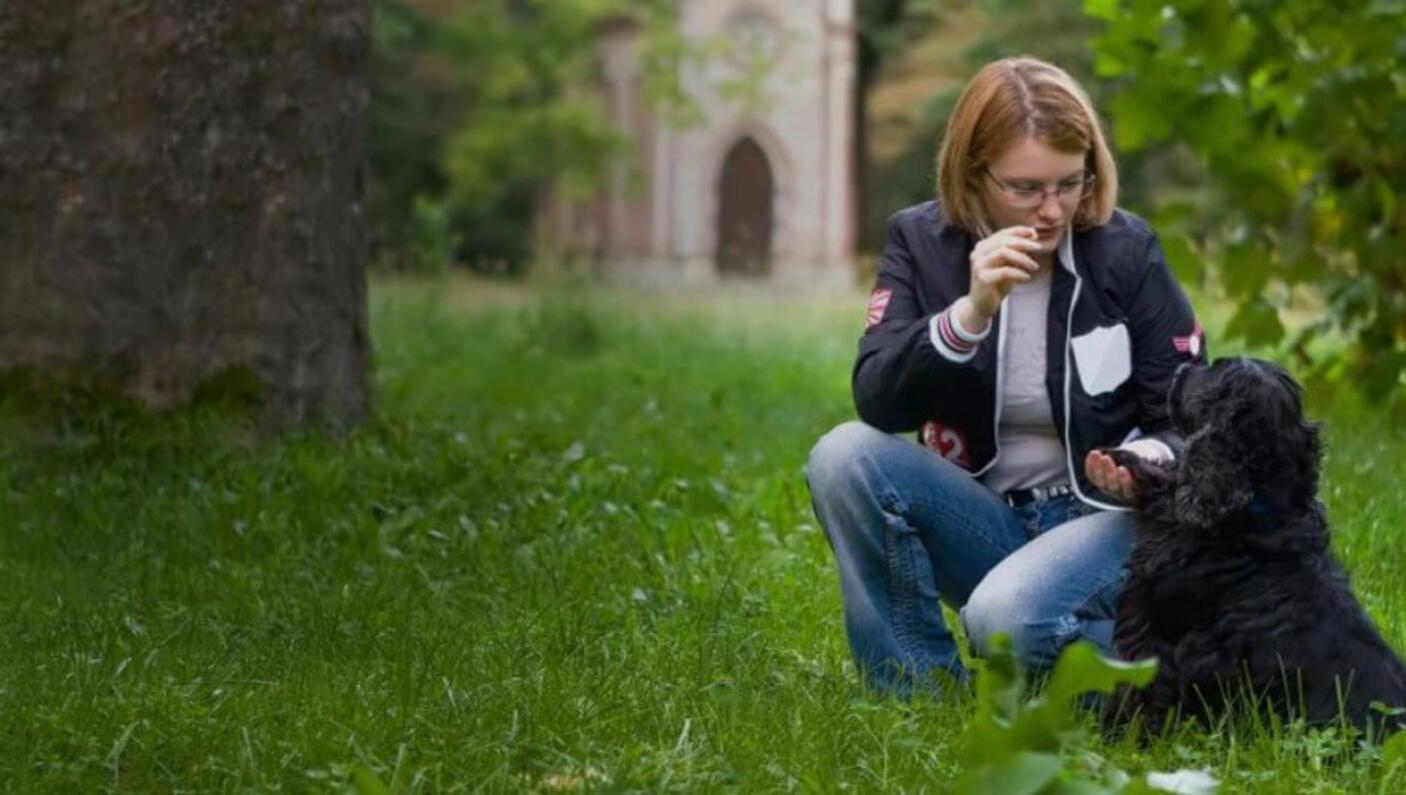
The steps
- To teach “No!”, first get some treats. In the same way that you would teach the dog to associate a click with a treat, you now need to teach him that the sound of the discs means no treat.
- Place a treat on the floor. As your dog goes to eat it, rattle the discs in your hand. Remove the treat as you rattle the discs but say nothing – let the sound do the work.
- Over a few repetitions, your dog should stop being startled by the sound and will begin to associate the sound with not getting a reward. Eventually, he won’t even attempt to take the treat, anticipating the discs, and give up, looking disappointed.
- Now get him to perform another action, such as a ‘sit’, for which he will be given a treat, thus relieving his previous disappointment and frustration.
Soon your dog will associate the actions where he has encountered the disc with ones that fail, and will cease trying without you having to use the discs.
Clicker Training Your Dog
A clicker is a small plastic box (available from pet stores) that fits in the palm of your hand. Press one end with your thumb and it makes a distinct double ‘click’ noise.
The basics of clicker training are outlined below.
• To tune your dog or puppy into the clicker, arm yourself with a dozen treats.
• Hand them to your pet one by one, with a short pause between each one.
• At the exact moment he or she takes the treat, give a click.
• Your dog will soon realise that the click means a treat, and will begin to work hard to earn his click. It becomes a ‘yes’ marker – a way of telling your dog he or she has done well at the moment of action.
• Many training classes use the clicker. But the exercises below can be done with or without a clicker.
Crate Training
Crate training is not a way of putting your dog or puppy in a “cage” or “jail”, and you are not being cruel if you follow these tips. Dogs feel secure in smaller, enclosed spaces, which are like the dens that wild animals use. Dog crates make excellent dens.
Choose a crate appropriate for the size of your dog
1. Choose a crate appropriate for the size of your dog. He should have enough room to stand up, turn around and lie down comfortably, but you don’t want a crate that is too big. His crate should be for sleeping or for a safe place to be when you can’t supervise him if he is still a puppy. If you have a large breed puppy, you may have to buy two differently sized crates or purchase a crate with a divider that you can move as he grows.
2. Let your dog get used to the crate first before shutting him in. Put comfy bedding, treats and toys into the crate to encourage your dog to enter the crate but never force them to use it. When your dog is happy being in the crate, gradually increase the time he spends in the crate before you let him out. Don’t leave your puppy in the crate unsupervised for prolonged periods of time.
3. Make sure you take your dog or puppy outdoors to go to the bathroom on a regular schedule and especially prior to being left for longer periods of time. Always take your dog outside on a leash, to the same area in your backyard each time, to toilet. Do this so that you can praise him when his job is finished. This will take the guesswork out of his visits to the backyard.

